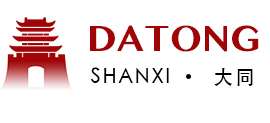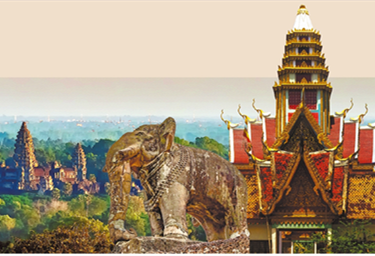Datong: A cultural renaissance beacon
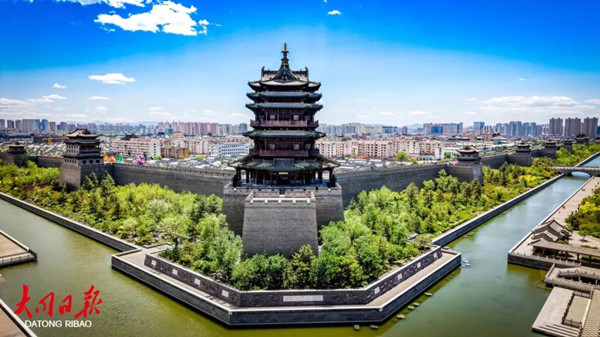
Datong ancient city. [Photo/Datong Daily]
Datong, renowned for its rich cultural heritage, has been making significant strides in recent years to harness its historical and cultural resources, establishing itself as a vibrant cultural hub.
The city's treasures, including the Yungang Grottoes, the Hanging Temple, and historic temples such as Yong'an, Jueshan, Shanhua, and Huayan, offer a glimpse into its rich heritage.
Datong served as the capital of the Northern Wei Dynasty (386-534) for nearly a century and as an auxiliary capital during the Liao (916-1125) and Jin (1115-1234) dynasties for over 200 years.
It was also a crucial military stronghold during the Han Dynasty (206 BC-220) and a significant city throughout the Ming (1368-1644) and Qing (1644-1911) dynasties.
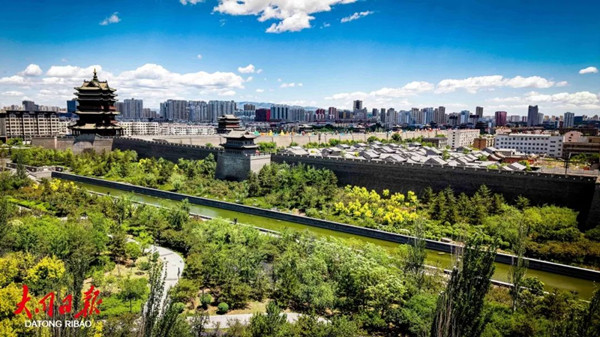
Datong ancient city. [Photo/Datong Daily]
A cultural melting pot, Datong has been home to Han, Xiongnu, Xianbei, Turkic, Khitan, Jurchen, and Mongolian peoples, all of whom left their marks on the city.
Datong boasts a vibrant tapestry of artistic traditions, including cave art, sculpture, mural painting, architecture, paper-cutting, and calligraphy.
Through the comprehensive protection and restoration of its ancient architectural masterpieces, along with high-caliber events like sculpture art exhibitions and the Wei-style calligraphy biennale, Datong is captivating global audiences to explore its timeless beauty and enduring legacy.
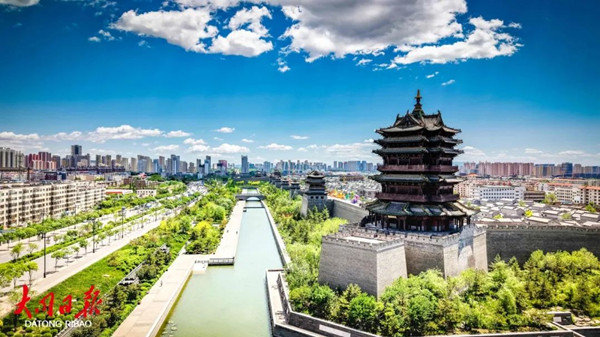
Datong ancient city. [Photo/Datong Daily]
